
More than 40 reports delivered by participants highlighted the typical features of Confucianism in Vietnam, the role of Confucianist temples and writings in the Vietnamese culture.
They also introduced documents related to the rituals of worshipping Confucius, and places of worship as well as the preservation work at Van Mieu in Hanoi and other Confucianist heritage sites in several northern and central provinces.
Confucianism entered Vietnam in the early years of the Christian era when the country was colonised by China. Chinese feudal mandarins opened schools to teach Confucianist principles in order to impose a cultural assimilation for an easier governing.
However, during nearly 1,000 years under the Chinese domination, Confucianism played a barely visible role. It only went mainstream when the nation strengthened its independence under the Ly Dynasty (1010-1225).
The emergence of Confucianism was marked by the construction of Van Mieu to worship Confucius in 1070 and to teach crown princes. In 1076, King Ly Nhan Tong decided to set up Quoc Tu Giam, the first university in Vietnam, to educate mandarins.
Confucianist education then developed through the Tran, Le and Nguyen dynasties.

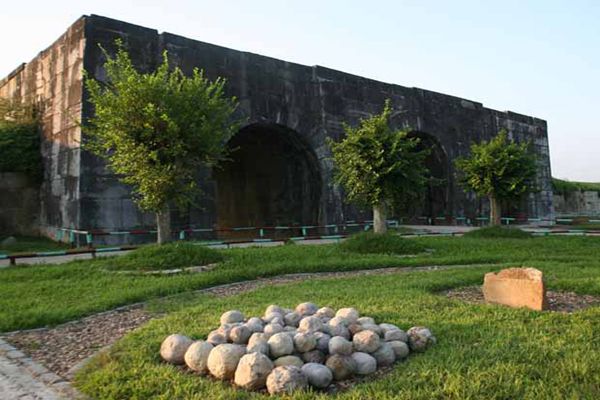
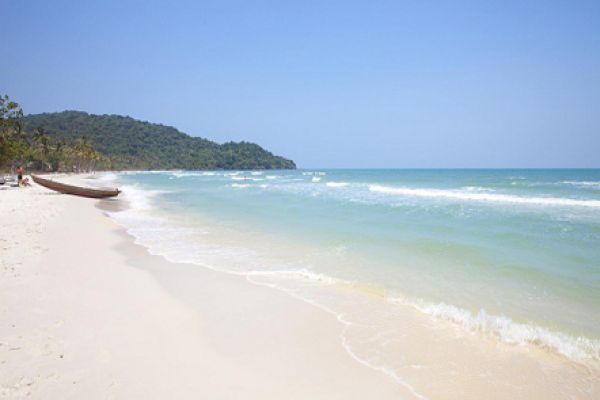
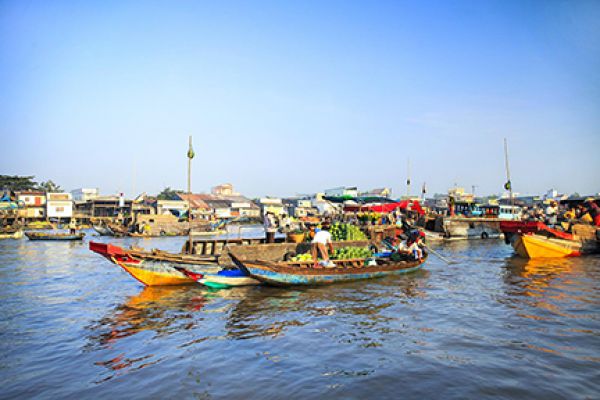



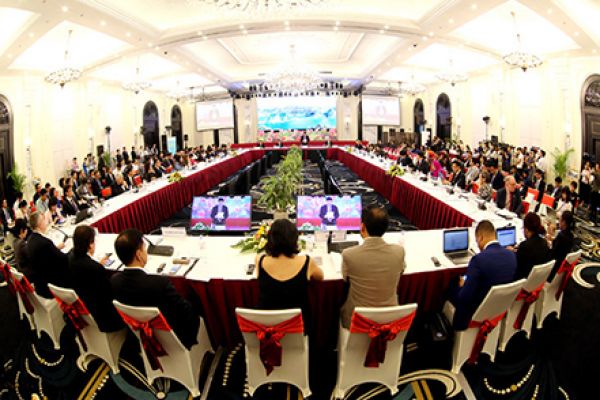

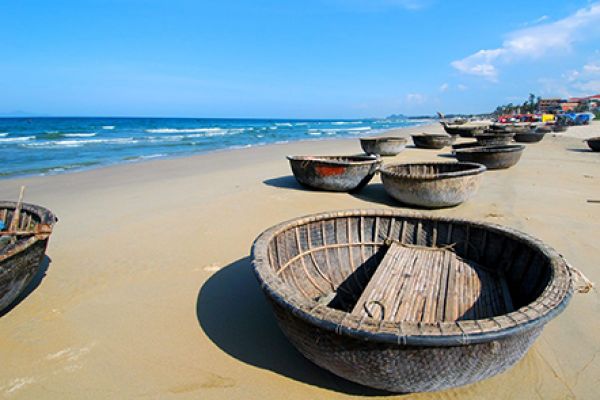
(84-63) 3 826042 – (84-63) 3 511142
No 54 Nguyen Dinh Chieu, Ham Tien Central Mui Ne Beach Binh Thuan Vietnam
523 To Hien Thanh District 10 Ho Chi Minh City Vietnam
Ha Long Halong City Quang Ninh Vietnam
A13 Hung Thong 2 Halong City Quang Ninh Vietnam




